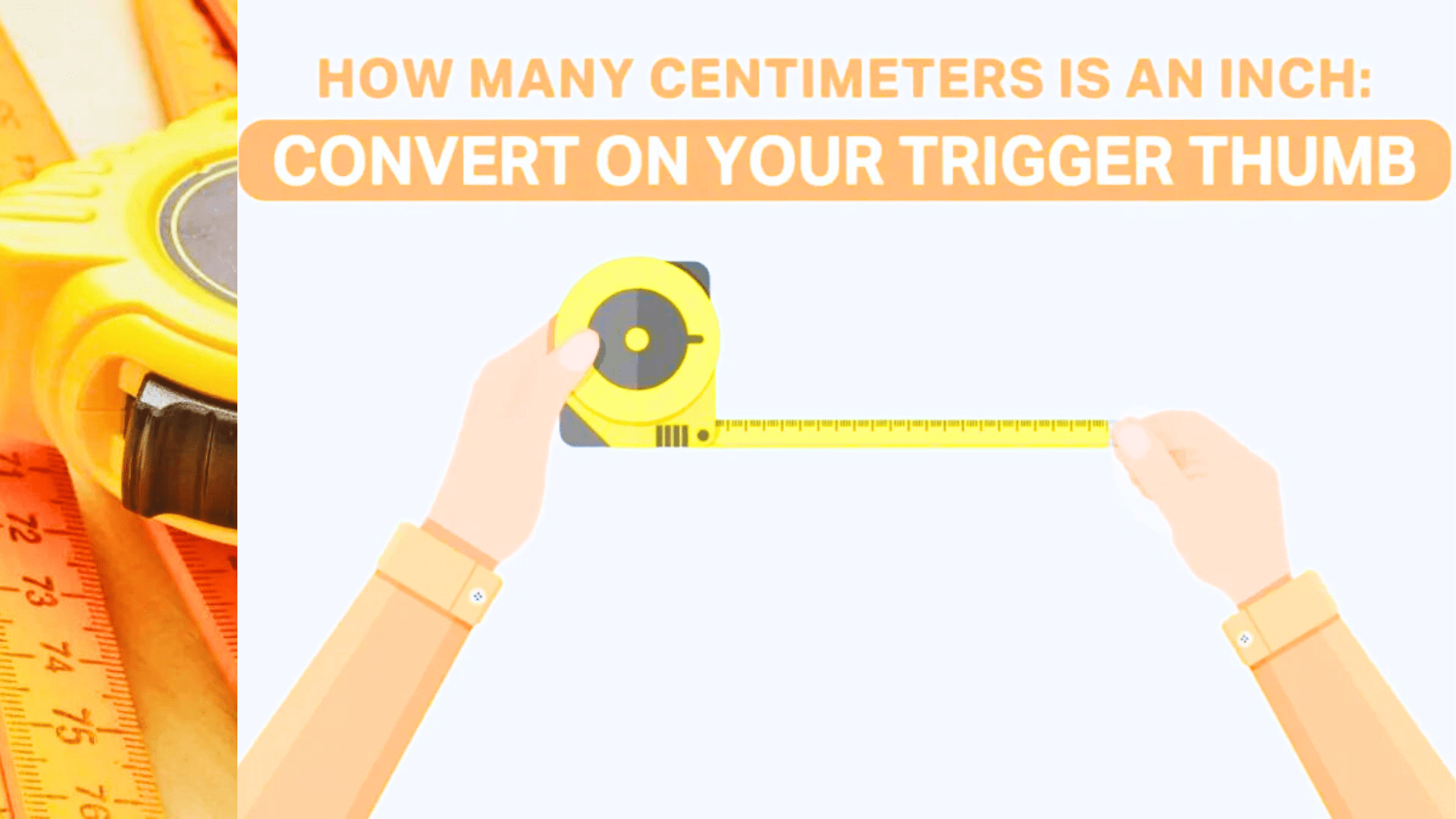Introduction to Measurement Units
Measurement is the process of determining the size, length, or amount of something typically through the use of instruments or standardized units. Units of measurement are standardized quantities used to express and communicate measurements clearly and effectively. These units help in quantifying physical quantities such as length, weight, and volume. For example, length can be measured in units like inches, centimeters, or meters, while weight might be measured in pounds or kilograms. Measurement plays a crucial role in everyday life, science, and engineering by providing a clear understanding and comparison of the physical properties of objects and substances. It allows for the creation of standardized systems such as the International System of Units (SI), ensuring accuracy and consistency in measurements across different fields and applications.
What is an Inch?
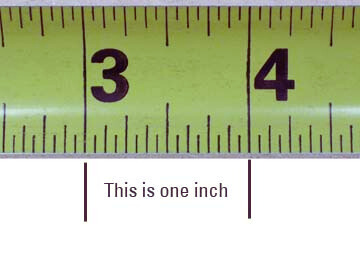
An inch (symbol: in or ″) is a unit of length primarily used in the British Imperial and the United States customary systems of measurement. Historically, it is equal to 1/36 of a yard or 1/12 of a foot. In modern terms, an inch is precisely defined as 2.54 centimeters (cm), facilitating easier conversion between the imperial and metric systems. This definition allows for accurate measurements and international standardization, making it a crucial unit for a wide range of applications, including engineering, construction, and everyday measurements.
What is a Centimeter?
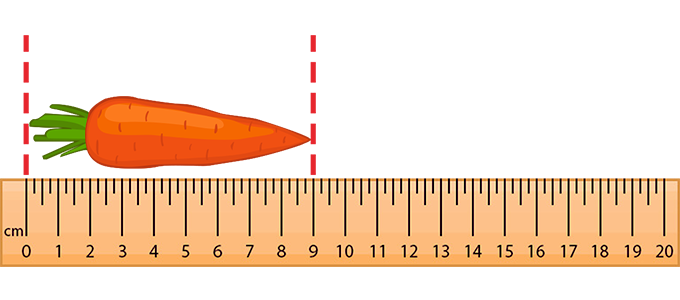
A centimeter (cm) is a unit of length in the International System of Units (SI), equal to one-hundredth of a meter. It is a metric unit commonly used for measuring the length or height of objects. The centimeter is widely utilized in many countries around the world for everyday measurements, as well as in scientific and engineering contexts. To visualize, a common reference is that the diameter of a Cheerio (the piece of cereal) is about 1 cm wide. Centimeters can be measured using most rulers, which typically include markings for both centimeters and millimeters, ensuring precise measurements.
The Inch-Centimeter Conversion
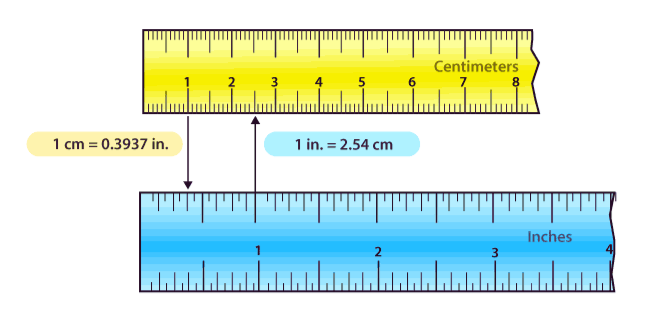
An inch is a unit of length in the imperial and US customary systems of measurement. It has been defined as exactly 2.54 centimeters. Consequently, to convert inches to centimeters, you multiply the length value in inches by 2.54. For example, 1 inch equals 2.54 cm, 2 inches equals 5.08 cm, and so on. Conversely, to convert centimeters to inches, you divide the length value in centimeters by 2.54. This means that 1 cm equals approximately 0.393701 inches.
The Mathematical Conversion
Conversion Formula
The formula to convert inches to centimeters is straightforward: multiply the inch value by 2.54 to get the equivalent length in centimeters. This conversion is based on the internationally agreed standard that one inch equals exactly 2.54 centimeters. For instance, to convert 10 inches to centimeters, you would calculate 10×2.54=25.4 cm. Conversely, to convert from centimeters to inches, you divide the centimeter value by 2.54.
Practical Examples of Conversion
Example 1: Textile Measurements
When working with textiles, accurate measurements are crucial for both design and manufacturing. For instance, converting fabric dimensions from inches to centimeters (or vice versa) is a common task. Here’s a practical example:
Imagine you have a fabric length of 50 inches and you need to know its length in centimeters. To convert inches to centimeters, multiply the inch value by 2.54 (since 1 inch is equal to 2.54 cm). Therefore, 50 × 2.54 = 127 cm.
Conversely, if you have a fabric piece that is 100 cm in length and you wish to convert that measurement into inches, you divide the centimeter value by 2.54 (as 1 cm is approximately equal to 0.3937 inches). Hence, 100 ÷ 2.54 ≈ 39.37 inches.
These conversions are essential for ensuring the correct amount of material is used and can significantly impact the outcome of textile projects.
Example 2: Screen Sizes
When purchasing a TV or monitor, understanding screen size in both inches and centimeters can be very helpful, especially if you are familiar with only one unit of measurement. For example, if a TV screen is advertised as 55 inches and you wish to know its size in centimeters, you can use the conversion factor that 1 inch is equal to 2.54 cm.
To convert 55 inches to centimeters, you multiply the inch value by 2.54:
55 inches×2.54=139.7 cm
This conversion is handy for consumers in countries where the metric system is standard, providing a clear understanding of the screen size they are considering.
Conversely, if you come across a monitor that is 100 cm and wish to convert it to inches, you divide the centimeter value by 2.54:
100 cm÷2.54=39.37 inches
This practical example illustrates how to seamlessly switch between inches and centimeters, ensuring you choose the right screen size for your space.
Why the Conversion Matters
Global Variations in Measurement Systems
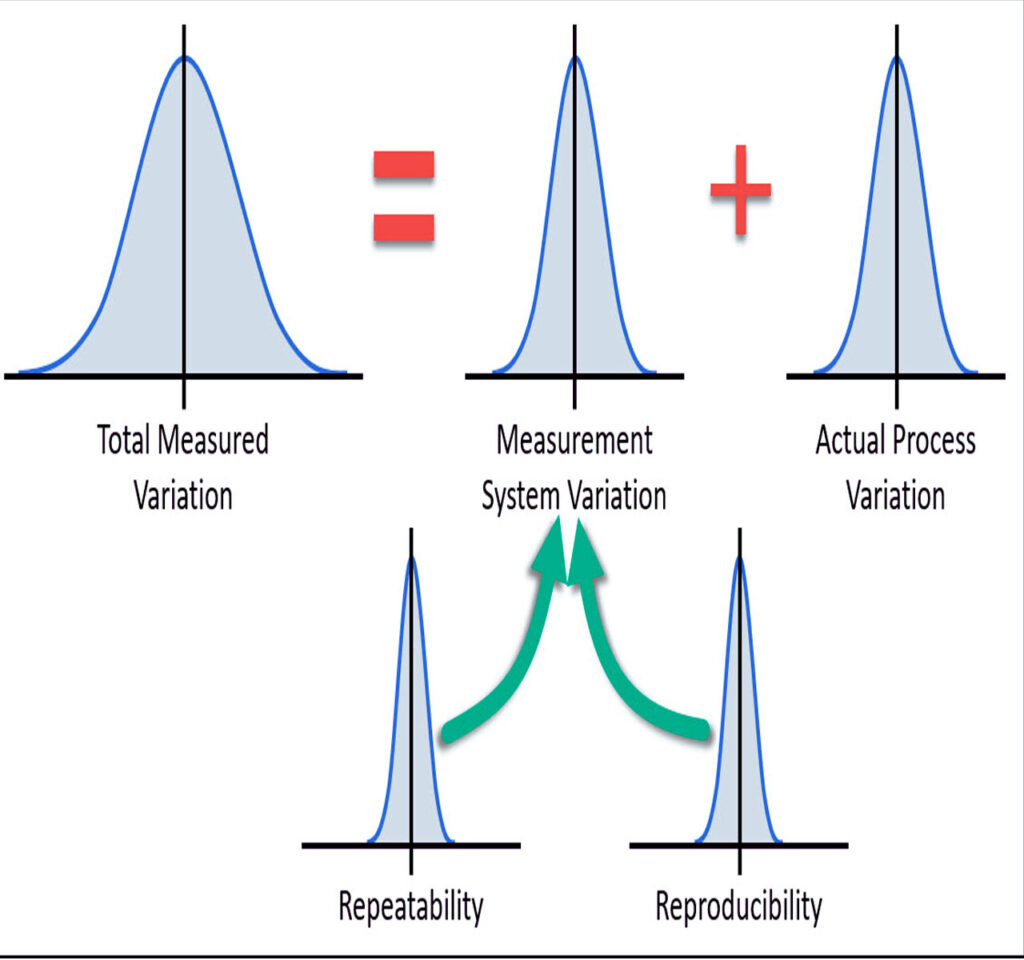
The variation in measurement systems globally primarily stems from historical, cultural, and practical reasons. The United States, Liberia, and Myanmar are the only countries that officially use the imperial system, while the rest of the world has adopted the metric system as a standard. The metric system is considered easier for conversions because it is based on multiples of ten, making calculations simpler and more intuitive.
Conversion between these systems is crucial for several reasons:
- Global Commerce: Ensures accurate and fair trade by standardizing measurements for goods and services.
- Scientific Research: Facilitates collaboration and data sharing among international research communities.
- Travel and Communication: Aids tourists and expatriates in understanding distance, volume, and temperature differences.
- Education: Prepares students for a globalized world where they may encounter both systems.
Despite the practicality of the metric system, opposition exists, with some arguing that traditional systems developed organically from actual usage, thus better reflecting local contexts. Nonetheless, the necessity for conversion skills remains vital in our interconnected world.
Importance in Science and Engineering
The conversion of units is crucial in science and engineering for several reasons:
- Standardization: It enables the use of a common system of measurement, which is essential for comparing, sharing, and interpreting data accurately across different scientific and engineering disciplines.
- Precision and Accuracy: Accurate unit conversion is fundamental to ensuring that measurements are precise and accurate, which is critical in scientific experiments and engineering calculations.
- Global Collaboration: It facilitates collaboration among scientists and engineers worldwide, as the metric system is the internationally agreed-upon standard in science and engineering.
- Understanding and Application: A solid grasp of unit conversion underpins the application of scientific and mathematical principles in solving real-world engineering problems, thereby enhancing innovation and development.
In essence, unit conversion is foundational to the integrity and progress of scientific inquiry and engineering practices.
Daily Life Applications
Unit conversion plays a critical role in everyday life for several reasons:
- Global Communication: Given that most of the world uses the metric system, unit conversion is essential for international communication and trade. It ensures consistency and understanding across different regions.
- Measurement Standardization: Different areas of life and various disciplines have developed unique units of measure (e.g., horsepower, calories). Unit conversion allows for standardized comparisons and understandings across these diverse systems.
- Practical Applications: From cooking and travel to purchasing goods in different units, conversion is crucial to navigate daily activities efficiently. It helps in understanding and applying measurements in recipes, distances, and more, making daily tasks easier and more precise.
- Educational Importance: Learning about unit conversion is not only a mathematical skill but also enhances understanding of science, engineering, and technology. It lays the groundwork for problem-solving and critical thinking in these fields.
Tools for Conversion
Online Converters

Online converters are invaluable tools that facilitate the conversion of files across various formats without the need for installing software. They support a wide range of file types including audio, video, images, documents, eBooks, archives, and more. These tools are essential for:
- Accessibility: Online converters are accessible from any device with an internet connection, making them convenient for on-the-go conversions.
- Variety of Formats: They support conversions between more than 200 different file types, ensuring flexibility across numerous applications.
- Ease of Use: With user-friendly interfaces, these tools allow for quick and easy file conversions without technical knowledge.
- No Installation Required: Since they are online, there’s no need to download or install any software, saving time and device storage.
- Free Services: Many online converters offer free services for basic conversions, making them cost-effective solutions for users.
Conversion Apps
Conversion apps provide versatile tools for a broad spectrum of unit conversions ranging from basic dimensions to complex computations, including currency. These apps are designed for ease of use, efficiency, and accessibility across various platforms. Here’s a snapshot of available conversion tools:
- Unit Converter (Smart Tools® collection) – Offers a wide range of unit conversions, including currency and Bitcoin exchange rates, available on Google Play.
- Unit Converter – Best Unit App – A comprehensive app for converting all units and currencies, designed for iPad, emphasizing user experience.
- Another Unit Converter on Google Play stands out for its simplicity, smartness, and over 70 categories of daily life units, making it a unique tool among its peers.
- Conversion Calculator Units – An instant converter app offering quick conversions between units like feet to inches or Celsius to Fahrenheit, available on the App Store and celebrated for its simplicity and efficiency.
- Conversion Tools – A cloud-based solution suitable for businesses of all sizes to extract, convert, and process digital documents, emphasizing productivity and integration capabilities.
The Ruler: A Physical Tool
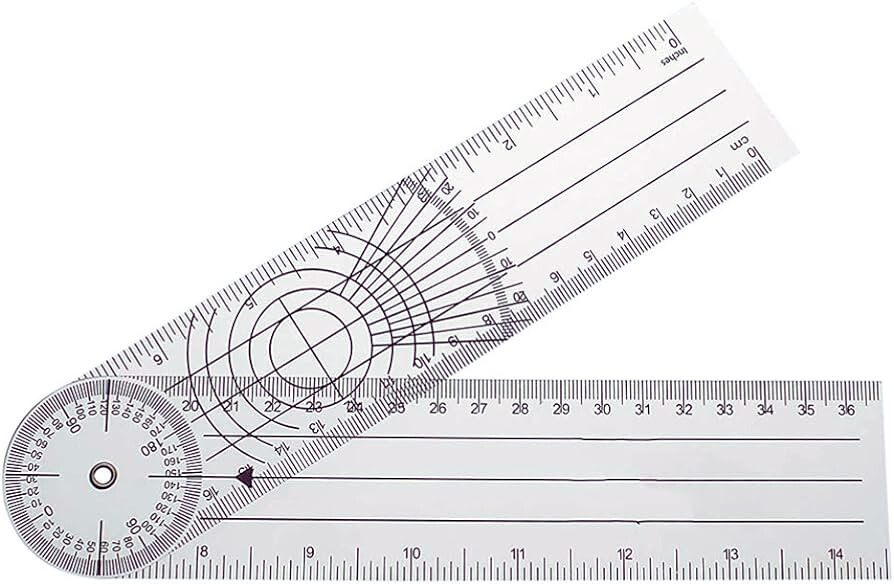
Rulers have evolved into multi-functional tools incorporating unit conversion references for various fields such as engineering, physics, and general science. Products like “The Pocket Engineer” and “The Pocket Physicist” are innovative examples, offering a compact, wallet-sized ruler combined with a unit conversion reference guide. These tools are designed to provide convenience and efficiency for professionals and students who require quick measurement and conversion capabilities on the go. Made from durable materials like stainless steel, they often include additional features like protractor and angle drawing tools for sketching or precise measurements. Such tools underscore the importance of having physical, readily accessible means of measurement and conversion in many scientific and engineering contexts.
Practical Tips for Measurement Conversion
Understanding Tolerance

When converting measurements between standard and metric systems, it’s crucial to pay attention to tolerance levels to ensure accuracy and compatibility. Tolerance refers to the permissible limit of variation in a physical dimension, which can significantly affect the functionality and assembly of components. Here are practical tips for handling measurement conversions with tolerance in mind:
- Invest Time and Care: Allocate sufficient time and effort to understand and accurately convert measurements between systems, ensuring that tolerances and mating parts are compatible.
- Be Precise with Conversions: Avoid rounding errors in conversion by being precise. For instance, when converting inches to millimeters, ensure the converted tolerance does not inadvertently increase or decrease due to rounding.
- Consider Measurement Standards: Adopt standards for measurement processes, such as using a master that is within 10% of the part tolerance, to maintain consistency and reliability in measurements.
- Maintain Tolerance Integrity: Ensure that the process of converting measurements does not modify the tolerance limits. This includes being mindful of significant figures and rounding practices.
- Best Practices for Translation: When translating measurements for international use, decide on units of measure, rounding tolerance, and the approach to convey measurement conversions clearly to avoid confusion.
When Precision is Key
Achieving precision in measurement conversion, especially between imperial and metric systems, is essential in various fields. Here are some practical tips for ensuring precision:
- Calibrate Regularly: Keep all measurement instruments calibrated to maintain accuracy.
- Understand Conversion Factors: Familiarize yourself with the conversion factor between imperial and metric units, like 25.4 mm in an inch, to ensure accurate conversions.
- Practice Makes Perfect: Regular practice with conversions can improve accuracy, especially if you’re transitioning between measurement systems.
- Use Smaller Units for Greater Precision: Choosing smaller units can provide a higher degree of exactness in measurements.
- Teach and Use SI Units: Focus on teaching and using the International System of Units (SI) for consistency and avoid non-SI unit conversions unless necessary.
Conclusion: The Universality of Measurements
Measurements, in all their varied units, form the foundation of our understanding and interaction with the world around us. Grasping how to convert inches to centimeters not only enriches our practical skill set but also bridges cultural and systemic divides, highlighting the universality of mathematics as a language. So, the next time you’re faced with a conversion conundrum, remember: it’s not just about numbers; it’s about connecting worlds.
Read also: How Old Is Hoda Kotb?
FAQs
Q. What is the easiest way to convert inches to centimeters?
The easiest way is to use the formula: 1 inch = 2.54 centimeters. Multiply the number of inches by 2.54 to get the equivalent in centimeters.
Q. Can I convert centimeters to inches in the same way?
Yes, to convert centimeters to inches, you divide the number of centimeters by 2.54.
Q. Why do some countries use inches while others use centimeters?
Historical, cultural, and political factors have influenced the adoption of different measurement systems. The metric system is globally recognized for its simplicity and consistency, but some countries continue to use the imperial system due to tradition and legislative reasons.
Q. How do I ensure accuracy in my conversions?
Double-checking your calculations, using precise tools, and understanding the context in which you’re applying the conversion can help ensure accuracy. For critical applications, consulting a professional or using standardized conversion tools is advisable.
Q. Are there any tools that automatically convert measurements?
Yes, there are numerous online converters and mobile apps designed for this purpose, offering quick and easy conversions between various units of measurement.
